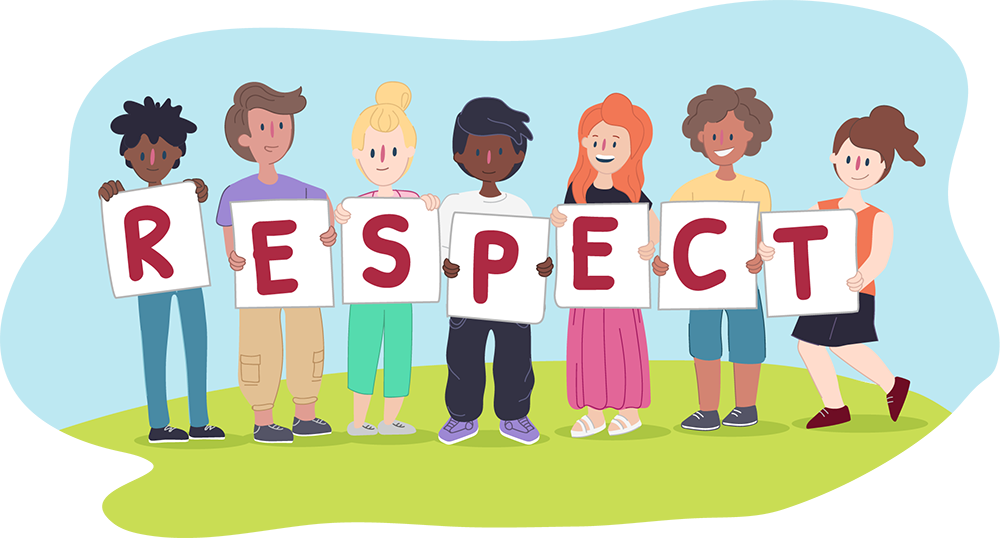This week in KS1 we have been looking at how everyone needs to be cared for. Everyone has the right to be cared for and in school, we all make sure we care for one another.
The session started off with a discussion about the life cycle of a human and the biological differences between male and female. We know that just like other mammals, it is the woman that carries the baby and produces young offspring. Throughout a person’s life, their needs change and therefore so does the type of care they need.
We know that different people need different types of care. For example, babies need more care from adults because they are not yet independent whereas adults are much more likely to be able to care for themselves and know their basic needs.
We also talked about the different types of needs we might have:
- playing
- loving
- medical
- listening
- physical
- emotional
- social
We finished our session by discussing how we can care for members of our classes. We used the sentence stem ‘I care for _____ by ______.’ The children came up with some wonderful responses.
‘I care for xxxxx by asking if they want to play with me at playtime and letting them join in.’

























